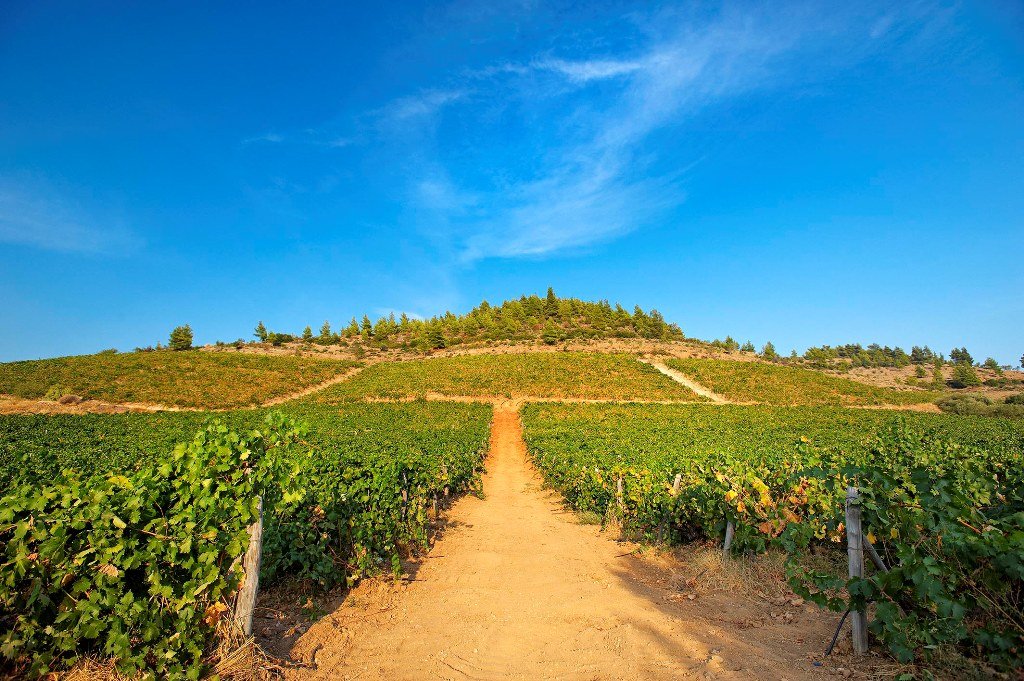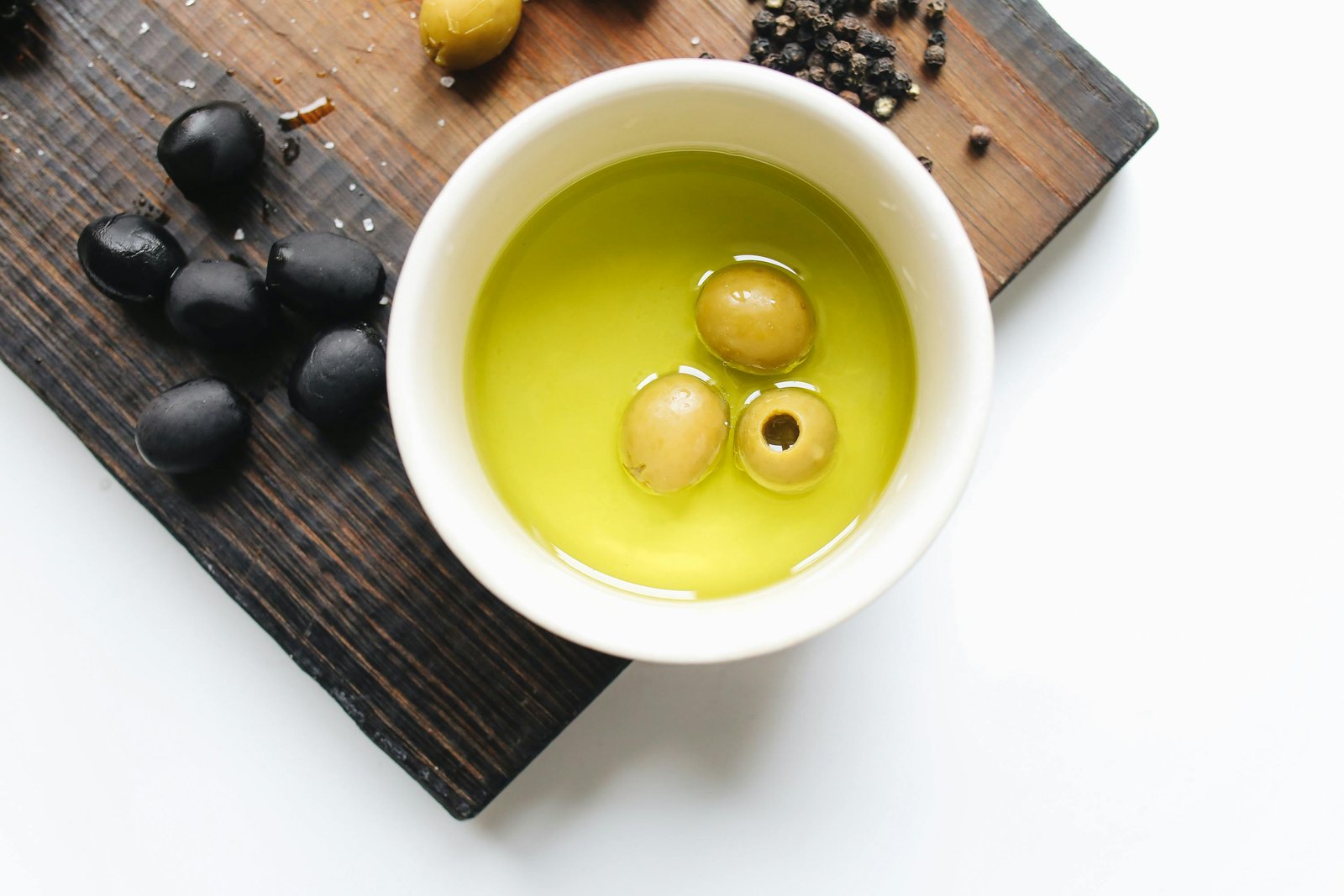
How to Read a Greek Olive Oil Label Like a Pro
Shopping for olive oil can feel overwhelming — especially with dozens of labels promising “extra virgin,” “cold-pressed,” or “PDO.” If you’re buying Greek olive oil, understanding what’s written on the label helps you make a healthier, tastier, and more authentic choice. Here’s how to decode the details like a pro.
🇬🇷 1. Origin: Why Greek Olive Oil Stands Out
Look for the country of origin. High-quality Greek olive oil proudly states the specific region it’s from – such as Crete, Kalamata, or Peloponnese. Ideally, the label should read “Product of Greece,” not “Bottled in Greece.”
🏅 2. Extra Virgin vs Virgin vs Pure
- Extra Virgin Olive Oil (EVOO): Cold-pressed, no chemical treatment, acidity below 0.8%
- Virgin Olive Oil: Lower grade, higher acidity (up to 2%)
- Pure or Light Olive Oil: Refined and lacks flavor/nutrients
Always choose Extra Virgin Olive Oil for maximum health and taste benefits.
3. Harvest Date vs Bottling Date
A real quality signal is the harvest date. It tells you when the olives were picked, which is far more important than the bottling date. Choose oil harvested in the most recent season (e.g., Oct–Dec 2024).
4. Cold-Pressed (Or Cold Extracted)
If the label says “cold-pressed” or “cold extracted,” it means the oil was produced at low temperatures to retain flavor and nutrients. This is essential for health-conscious buyers.
5. PDO/PGI Certification: What It Means
- PDO (Protected Designation of Origin): Strictest quality standard. Olives must come from, be processed, and bottled in one region (e.g., Kalamata PDO).
- PGI (Protected Geographical Indication): Looser standard – origin only needs to be partially Greek.
PDO = higher quality and stronger traceability.
6. Packaging: Glass, Tin, or Plastic?
Choose dark glass bottles or metal tins Avoid plastic, as it degrades the oil. Good brands will mention UV protection or nitrogen-flushing (to reduce oxidation).
7. Acidity Level (The Lower, The Better)
For Extra Virgin Olive Oil, the acidity should be below 0.8%. Labels often include this — and top-tier oils even go as low as 0.2–0.3%.
💡 Bonus Tips for Buyers
- Look for single origin or “monovarietal” oils
- Smaller producers usually mean higher quality
- Choose certified organic if avoiding pesticides
- Check for producer name, not just brand
❓FAQ: Olive Oil Labeling
Q: Is Greek olive oil better than Italian?
A: Greek olive oil often has higher polyphenol content and is less blended, especially from regions like Crete or Kalamata.
Q: What’s the difference between “first cold press” and “cold extracted”?
A: Modern methods use “cold extraction” (centrifuge), which is even gentler than pressing. Both mean the oil was not heated.
Q: Should I worry about the “Best Before” date?
A: Yes — olive oil starts to degrade within 12–18 months of harvest. Look for a bottle with the most recent harvest.




